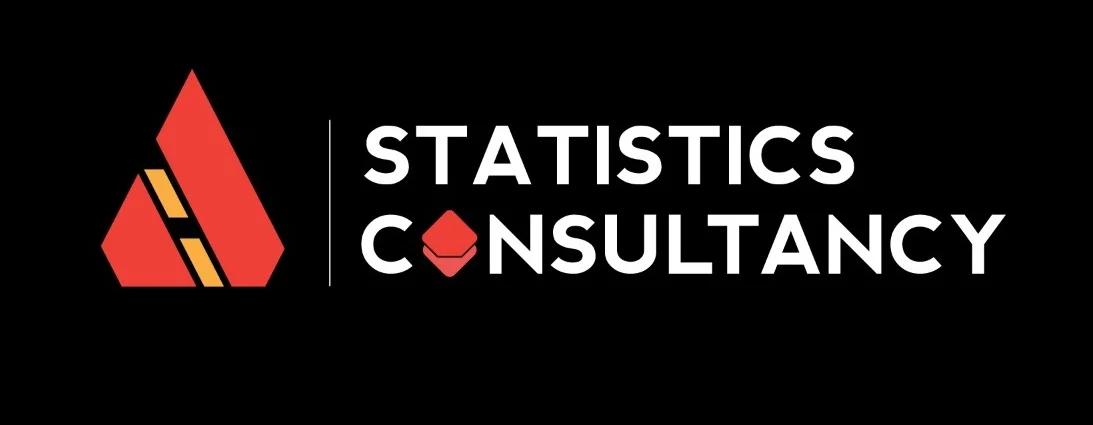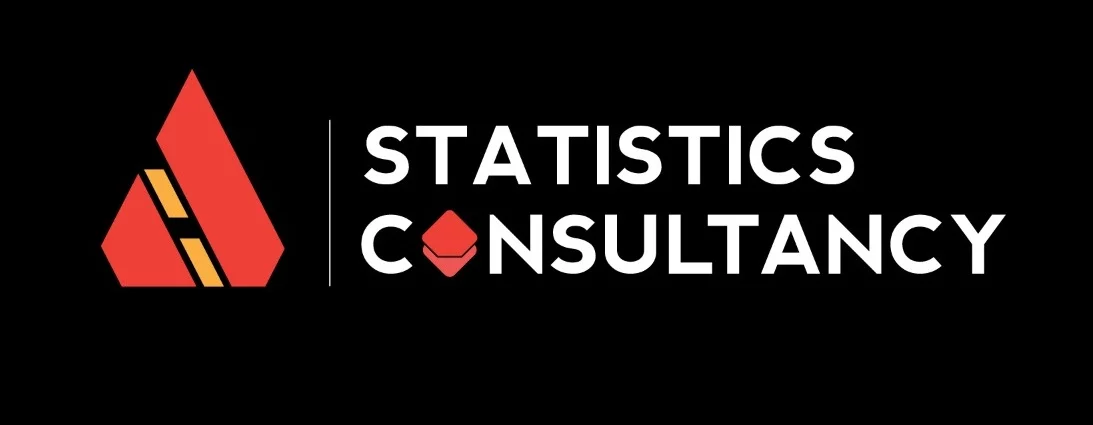Introduction Of Logistics & Transportation
In recent years, the fields of Logistics and Transportation have encountered numerous challenges related to e-commerce, sensor-generated data, GPS, and other devices. However, the vast amount of data generated from these sources makes the process of analyzing and managing it quite cumbersome.
To address these challenges, several analytical tools and software have been developed, including Big data analysis, Machine Learning algorithms, Data Science techniques, and Artificial Intelligence algorithms and patterns. By utilizing these emerging technologies, it is now possible to conduct effective analytics in Logistics and Transportation. This article aims to provide insights on how to achieve successful analytics in these fields.
Logistics and Transportation:
- Logistics and Transportation refer to the processes involved in managing and moving manufactured goods from their source to the end users.
- Transportation involves physically moving goods via various means such as rail, road, air, sea, and pipeline.
- On the other hand, Logistics deals with the management of inward and outward goods, including obtaining, producing, and distributing the right products with the right quality to the end-users.
- Logistics plays a vital role in planning and managing the storage of goods and distributing those stored products to the market at the right time using proper transport options.
- The responsibilities of Logistics managers include decision-making strategies in packaging the products, containerization, documentation of product packed details, regulations and protocols for importing and exporting, and risk assessments, as well as communication with vendors and partners.
- In contrast, the primary responsibility of Transportation managers is to make decisions based on the transporting features and goods’ lifetime while transporting from one source to another destination.
- Therefore, while Logistics and Transportation are related, they have different roles and responsibilities in the supply chain.
Logistics and transportation analytics:
- Analytics plays a vital role in the success of logistics and transportation organizations by helping them prioritize their operations and efficiently deliver goods to end-users.
- These analytical techniques also enable organizations to gain insights into customer needs and preferences, market trends, supply and demand values, delivery efficiency, estimated delivery times, and customer satisfaction, all of which are crucial for running such organizations.
- One of the primary techniques used in logistics and transportation analytics is transportation efficiency analysis. This involves measuring the average efficiency of the movement of shipments from source to destination, which helps organizations identify areas for improvement in their logistics processes.
- By analyzing the turnaround time, or the time it takes to load goods, reload them onto transportation, restock, and fuel details required to reach the destination, organizations can optimize their processes and reduce delivery times.
- Freight and shipment zone estimation is another important technique in logistics and transportation analytics. By estimating how shipments occur from source to destination through various transportation modes and how they reach their final destination, organizations can identify the most efficient transportation routes and modes. This helps reduce transportation costs and improve delivery efficiency.
- Financial management is also a crucial aspect of logistics and transportation analytics. By managing logistics and transportation costs, organizations can optimize their financial status and reduce losses.
- Operational performance management involves tracking and monitoring all operations that occur in logistics and transportation processes, which helps identify potential bottlenecks or issues and address them proactively.
- Finally, sales and marketing analysis play a crucial role in logistics and transportation analytics by providing insights into customer needs and preferences.
By analyzing customer data and identifying market trends, organizations can supply the right stocks to the right markets, thereby increasing sales and customer satisfaction. Overall, these techniques help logistics and transportation organizations improve their operations, increase profitability, and provide better customer experiences.
Boosting Transportation & Logistics:
- Statistical Consultancy offers support in enhancing transportation through the use of advanced analytical methodologies and emerging technologies such as Machine Learning, IoT, Artificial Intelligence, Data Science, and Deep Learning.
- Our team consists of experienced and knowledgeable professionals who are certified in these technologies.
- We provide end-to-end research services using the latest tools and software in analytics, as well as programming languages.
- With our expertise, we ensure the successful implementation of the research process.
Conclusion:
In today’s world of multinational industry and goods, where products are manufactured in one country, assembled in another, and consumed in yet another, supply chain and logistics have become increasingly relevant. Transportation, manufacturing, supply chain, warehousing, management system, and production planning are the backbone of any economy.
This sector is experiencing a period of rapid and unexpected change, and the future of logistics will be shaped by innovation and technology. Ideas that were once considered science fiction, such as 3D printing, the Internet of Things (IoT), drone transport, and virtual reality, are now paving the way for the future of transportation.

